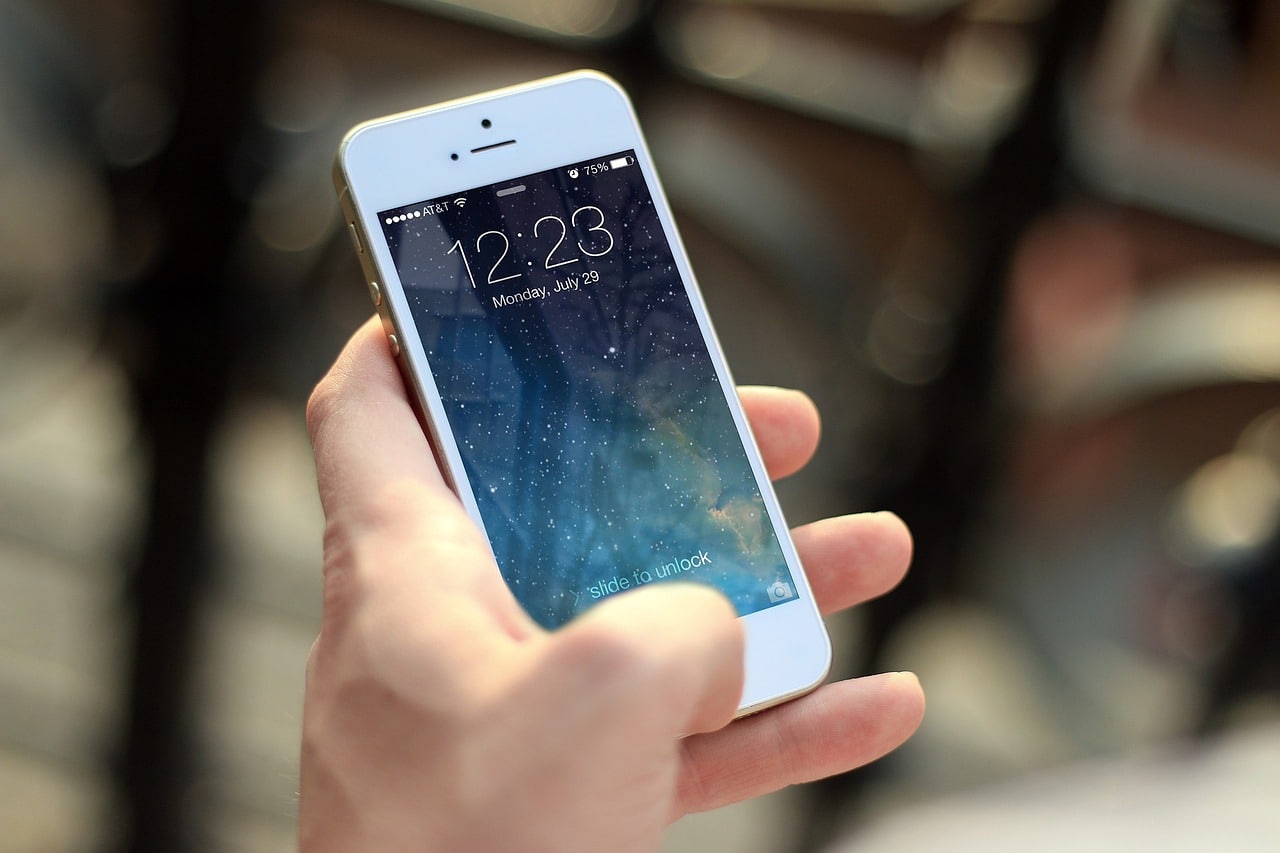What Is the Impact of Wearable Fitness Technology on Personal Health Data Privacy?

In our modern world, the intersection of health and technology is becoming increasingly prevalent. More and more, you are likely to see people sporting wearable fitness devices like smartwatches or fitness bands around their wrists. These wearables are much more than just stylish accessories; they are powerful, data-collecting machines. From heart rate to steps taken, sleep patterns to calories burned, these devices are continuously collecting reams of personal health data. But have you ever stopped to think what happens to all this data? And more importantly, who has access to it?
The Role of Wearables in Healthcare
To understand the potential impact on privacy, it’s essential to first comprehend the growing role of wearables in healthcare. These devices aren’t just for the fitness enthusiasts tracking their daily run. They have far-reaching implications in medical care and patient management.
A lire aussi : What Challenges Do Self-Driving Cars Face in Complex Urban Environments?
Wearables are transforming the healthcare landscape by enabling continuous, real-time patient monitoring. This technology allows for early detection of potential health issues, from irregular heartbeats to high blood pressure. Moreover, the data from these devices can contribute to more personalized care, as it provides a detailed picture of a patient’s health status that goes beyond what can be captured in a routine doctor’s visit.
Confidentiality and Consent: Key Concerns
While wearables have the potential to revolutionize healthcare, they also raise important questions about data privacy and consent. The wealth of information that these devices collect can be a double-edged sword: while it can contribute to better healthcare, it can also breach user trust if not handled with the utmost discretion and security.
En parallèle : How Can AI Assist in Predicting and Managing Urban Traffic Flow?
The issue of consent takes center stage here. Many users may not realize that by using these devices, they could be implicitly agreeing to share their personal health data with various third parties, from the device manufacturer to health researchers and even advertisers. And while the data is often anonymized, it may still be possible for it to be traced back to the individual in some cases.
The Security of Health Data
With the rapid increase in wearable technology use, the security of the collected health data has become a significant concern. Hackers are always on the lookout for vulnerabilities, and given the sensitive nature of the health data collected, wearable devices are an attractive target.
Even if a device manufacturer has robust security measures in place, there’s always the risk of a data breach. And once data is in the hands of cybercriminals, it can be sold or used for fraudulent activities. This risk underscores the importance of using strong, unique passwords and regularly updating your devices to protect your personal health data.
The Role of Legal and Regulatory Frameworks
In the face of these concerns, legal and regulatory frameworks play a vital role in protecting health data privacy. In many parts of the world, laws have been enacted to safeguard personal data, such as the General Data Protection Regulation (GDPR) in the European Union. However, these regulations are often playing catch-up with technology advancements.
That said, it’s not just up to the legislation to protect data privacy. It’s also incumbent on tech companies to prioritize data protection and transparency. They should clearly communicate to users what data is being collected and how it is being used, and offer users easy ways to control this.
The Power Lies with You, the User
Ultimately, the power lies with you. It’s essential to be an informed user of wearable technology. Before purchasing a device, research the company’s data privacy policies. Regularly check and adjust your privacy settings to your comfort level. And remember, while these devices can be powerful tools in managing your health, they should not be used as a substitute for professional medical advice.
In summary, wearable technology offers exciting potential for healthcare, but it’s not without its privacy risks. It’s a complex issue that demands a careful balancing act between leveraging technology for health benefits and preserving individual privacy. As users, and as a society, we need to stay informed and proactive to ensure that this balance is struck.
The Role of Tech Companies and User Responsibility
It’s clear that the responsibility of safeguarding personal data does not solely lie on the shoulders of the user, but extends to the tech companies that produce these wearable devices. They must make data privacy and protection a top priority. This can be achieved by integrating robust data security systems into their devices and being transparent with users about what data is collected and how it is used.
Wearable tech companies should provide comprehensive, understandable, and accessible privacy policies. This way, users can make informed decisions about how their personal health data is handled. Companies should also provide easy-to-use options for users to control their data, such as opting out of certain data collection or deleting their data.
Yet despite these measures, breaches can still occur. In these instances, tech companies must swiftly take action to mitigate the effects of the breach and notify affected users as soon as possible. Companies should also learn from these incidents and make necessary improvements to their security systems to prevent such occurrences in the future.
As users, we hold a fair share of the responsibility too. It is important for us to educate ourselves about the potential risks associated with our digital footprint, especially when it involves sensitive information like our health data. This means actively engaging with the privacy policies and settings of our wearable devices, regularly updating our devices, and using strong and unique passwords.
Conclusion: Striking the Balance
Wearable fitness technology has undeniably revolutionized personal health care, from tracking our physical activity and heart rate, to helping detect potential health issues. However, the rise of these devices has also raised significant concerns about personal health data privacy.
This intricate issue necessitates a careful balance between leveraging the benefits of technological advancements and preserving individual privacy. Therefore, data protection regulations need to keep pace with advancements in health technology. The role of tech companies in prioritizing data security and transparency cannot be understated. Equally important is the responsibility of users to stay informed and proactive about their data privacy.
In the end, wearable devices are tools, and the power lies with us, the users, on how we use them. By staying informed, regularly reviewing privacy policies, and adjusting settings to our comfort level, we can make the most of our devices while protecting our personal health data.
As the world continues to evolve, so too will the technology we use. But one thing remains constant: the importance of our privacy. So, let’s stay proactive and continue to hold tech companies accountable, ensuring that they prioritize our privacy as much as we do. With the right balance, we can all benefit from the enormous potential of wearable technology, without compromising our data privacy.
